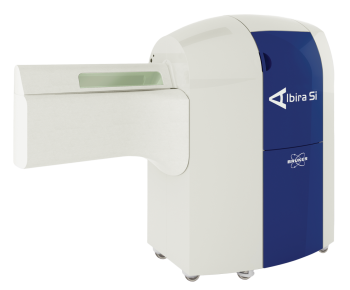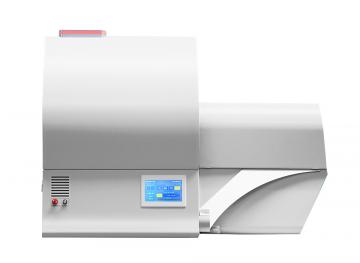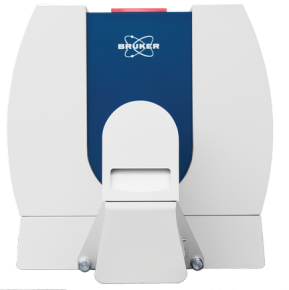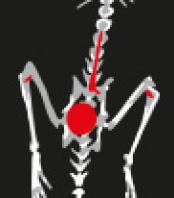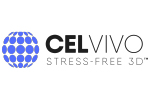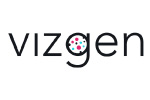Polarization of agents has been performed using dynamic nuclear polarization (DNP) and parahydrogen induced polarization (PHIP) methods, and imaging has been performed using both dedicated preclinical scanners at fields up to 14 Tesla(T) or clinical scanners. Polarization techniques differ in the range of probes that can be produced and the performance of the resulting product for imaging. Additionally, in part because the lifetime of a hyperpolarized probe is shortened relative to the field of the scanner used, there is a growing trend for preclinical laboratories focused in 13C-H MRI studies to employ relatively small and low field magnets like the Bruker BioSpec 3T, a compact preclinical imaging system that has no need for liquid cryogen filling. In case of the BioSpec 3T, the translational field strength of 3 Tesla further fosters possible translations to clinical 3 Tesla systems and offers the advantage of much stronger gradients to accelerate the image readout. An overview of current and emerging preclinical scanner technology, polarization technologies, and biological applications relevant to 13C-HP-MRI is provided here.
Do you want to learn more, just read the whole article!












